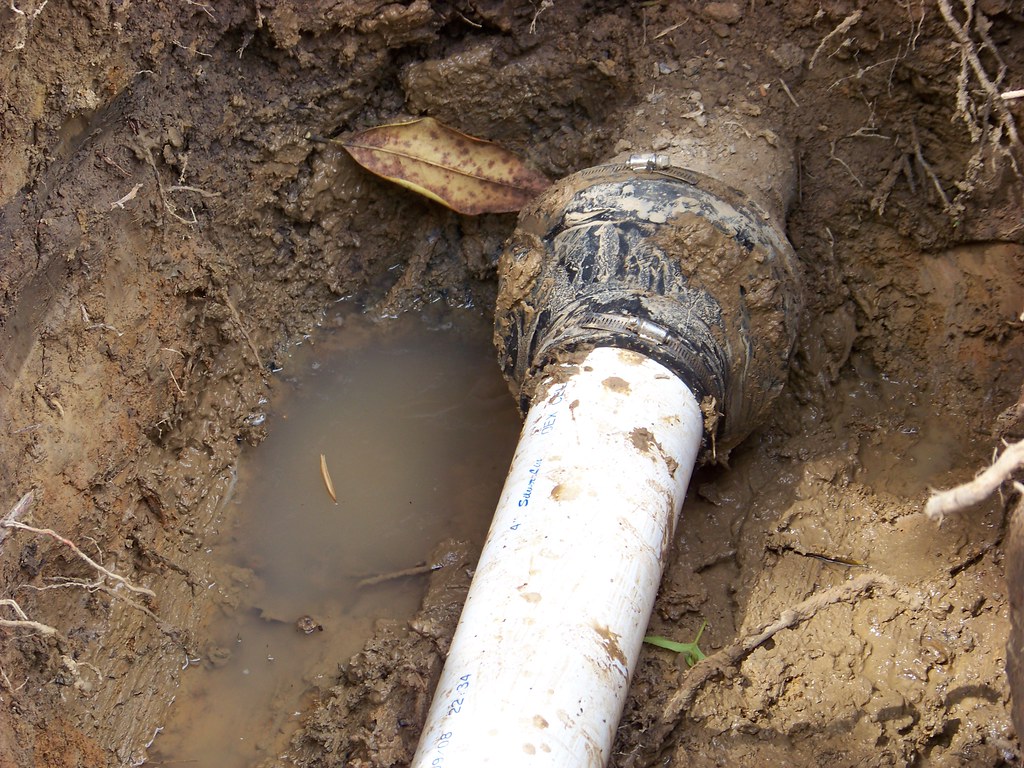Dealing with sewer line issues can be daunting for any homeowner. It’s an intricate system that operates out of sight, making problems difficult to detect until they become severe. However, understanding the nuances of sewer line repair can significantly demystify the process, turning a potentially overwhelming problem into a manageable task. This comprehensive guide delves into the essential steps and considerations for effective sewer line repair, ensuring homeowners are well-equipped to tackle these challenges head-on.
Recognizing the Signs of Sewer Line Trouble
Contents
Early Detection is Key
Identifying sewer line issues early can prevent extensive damage. Signs include slow draining, frequent backups, foul odors, gurgling sounds, and unexplained patches of lush grass in the yard. Prompt recognition and response can save considerable time and expense.
The Consequences of Ignoring Symptoms
Neglecting these warning signs can lead to more severe complications, such as structural damage to your home, health hazards from sewage exposure, and significantly higher repair costs.
Diagnosing the Problem
Professional Inspections
A thorough diagnosis by a sewer cleanout professional is crucial. Technicians can employ advanced tools, like sewer cameras, to inspect the pipes internally, accurately identifying the location and extent of the issue without unnecessary excavation.
Understanding the Cause
Common causes of sewer line damage include tree root intrusion, pipe corrosion, blockages, and ground movement. A precise diagnosis informs the most effective repair strategy.
Repair Options: From Traditional to Trenchless
Traditional Excavation
Traditional repair methods involve digging up the yard to access the sewer line directly. While effective for comprehensive repairs or replacements, this approach can be disruptive and costly.
Trenchless Technology
Trenchless repair methods offer less invasive alternatives. Techniques like pipe lining and pipe bursting require minimal digging, reducing landscape disruption and potentially lowering repair costs.
Pipe Lining
Also known as Cured-In-Place Pipe (CIPP), this method involves inserting a resin-coated liner into the damaged pipe, which then hardens, effectively repairing the pipe without removing it.
Pipe Bursting
Pipe bursting involves breaking the old pipe and simultaneously pulling a new one into place. This method is beneficial for severely damaged pipes that cannot be repaired with lining.
The Importance of Choosing the Right Repair Method
Selecting the most appropriate repair technique depends on various factors, including the extent of the damage, the pipe’s material and condition, and the surrounding landscape. A professional assessment is essential to make an informed decision.
Cost Considerations
Repair costs can vary widely based on the chosen method, the severity of the damage, and the project’s complexity. Obtaining detailed estimates from reputable professionals ensures transparency and helps avoid unexpected expenses.
Preparing for Repair
Home Preparation
Depending on the repair method, homeowners may need to make temporary adjustments, such as relocating vehicles or outdoor furniture, to accommodate the work.
Legal and Regulatory Compliance
Ensure compliance with local regulations and obtain necessary permits before beginning repair work. A qualified contractor can assist with navigating these requirements.
Preventative Measures: Safeguarding Your Sewer Lines
Regular maintenance and preventative measures are crucial for minimizing future sewer line issues. Strategies include:
Routine Inspections and Cleanings
Scheduling regular professional inspections and cleanings can prevent blockages and detect early signs of wear or damage.
Mindful Usage
Being cautious about what goes down the drains—avoiding flushing non-biodegradable items and disposing of grease properly—can prevent blockages and extend the lifespan of your sewer lines.
Landscape Management
Strategically planting trees and managing root growth can help avoid root intrusion, a common cause of sewer line damage.
Post-repair, it’s important to restore any disturbed areas of your property. If extensive excavation was necessary, landscaping or hardscaping may need to be repaired or replaced. Some repair companies offer restoration services, or they may recommend trusted contractors.
Conclusion
Sewer line issues, while challenging, don’t have to be a homeowner’s nightmare. Armed with the right information and a solid understanding of the repair process, homeowners can navigate sewer line repairs with confidence. From recognizing early signs of trouble and choosing the appropriate repair method to taking preventative measures, this guide empowers homeowners to manage their sewer line issues effectively, ensuring a smooth and less disruptive path to resolution.

